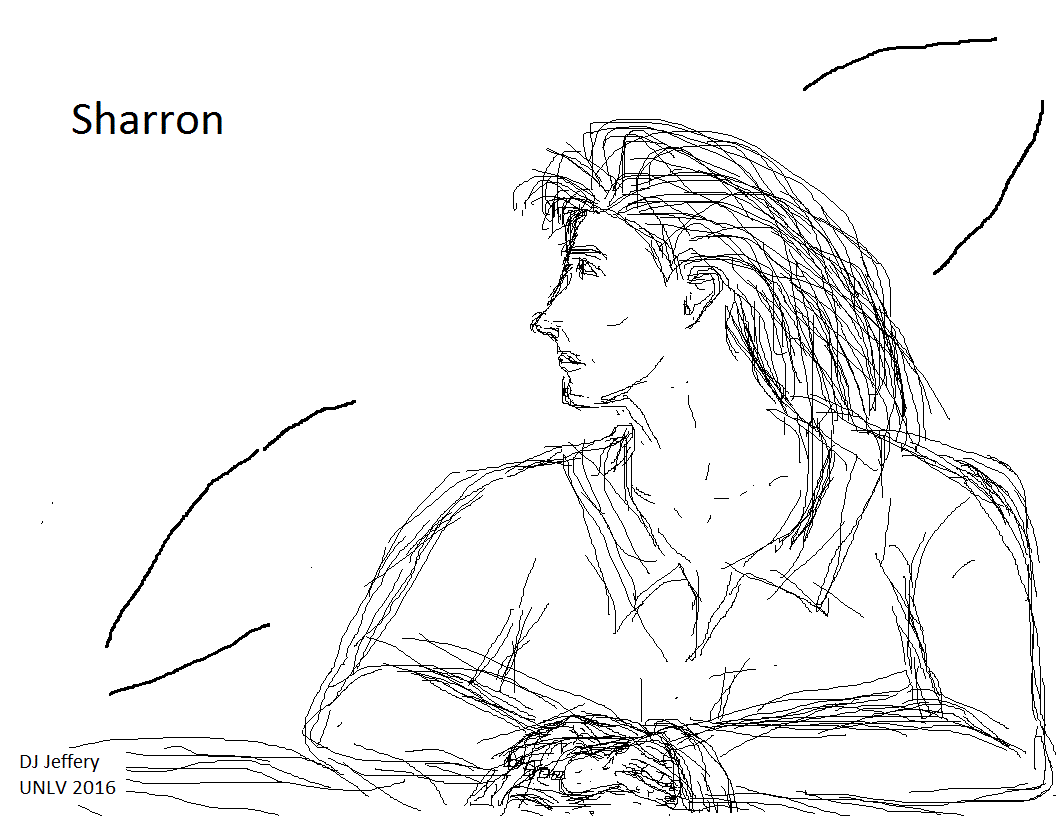 Galaxy quenching videos
(i.e., galaxy quenching
videos):
Galaxy quenching videos
(i.e., galaxy quenching
videos):
- When galaxies collide! | 1:36:
Good grief.
A computer simulation
from
NASA/ESA.
The Andromeda-Milky Way collision
is an example of
interacting galaxies
and galaxy merger.
The two spiral galaxies
(the Milky Way and
the Andromeda Galaxy (M31)) merge
and become an elliptical galaxy.
The elliptical galaxy
is also
quenched galaxy
due to
golden-mass quenching
(see Man & Belli 2018, p. 1;
Bower et al 2016).
Actually, one wonders where does the initial gravitational potential energy of the merging galaxies go to. It becomes kinetic energy as they fall together, but only a little of this dissipates to heat and then is emitted to infinity as photons due to colliding interstellar medium (ISM). The stars almost never collide in a body-on-body sense, and so CANNOT dissipate kinetic energy that way. And the dark matter (whatever kind of particles it is) do NOT dissipate kinetic energy via collisions much either. Well, much of the kinetic energy must become rotational kinetic energy of the orbits of the stars and dark matter particles. Also in the complex galaxy merger process, probably a lot of stars and dark matter particles get ejected to infinity carrying of kinetic energy. The ejection could be in long tidal tails or via gravity assists (AKA gravitational slingshot maneuvers). The ejected stars are so spread out they just form a low density star population spread through intergalactic space. But yours truly needs an authoritative explication.????
This version of the video was prepared by Phil Plait (1964--). Good and short enough for the classroom. - Animation of Ram Pressure Stripping ESA | 0:23: A computer simulation from NASA/ESA. This shows a spiral galaxy undergoing galaxy ram-pressure stripping in a hot intracluster medium (ICM). As the spiral galaxy moves rapidly through the intracluster medium, its cold interstellar medium (ISM) is pushed out by the hot ICM. The cold ISM is needed for star formation since it can lose pressure and undergo runaway gravitational collapse to dense cores and then protostars. The hot ICM now in the spiral galaxy CANNOT undergo runaway gravitational collapse, and so star formation turns off and spiral galaxy is now a quenched galaxy, probably forever. All galaxies moving in a galaxy cluster tend to be quenched via galaxy ram-pressure stripping (see Lotz et al. 2018). The bigger they are the longer they can resist galaxy ram-pressure stripping. Good and short enough for the classroom.
- X-Ray Wind Strips Galaxy | 4:18: From NASA/ESA/ESO. An explication of galaxy ram-pressure stripping of a spiral galaxy in galaxy cluster Norma Cluster (Abell 3627). The galaxy ram-pressure stripping by the intracluster medium will eventually lead to galaxy quenching. Too long for the classroom.
File: Galaxies file: galaxy_quenching_videos.html.